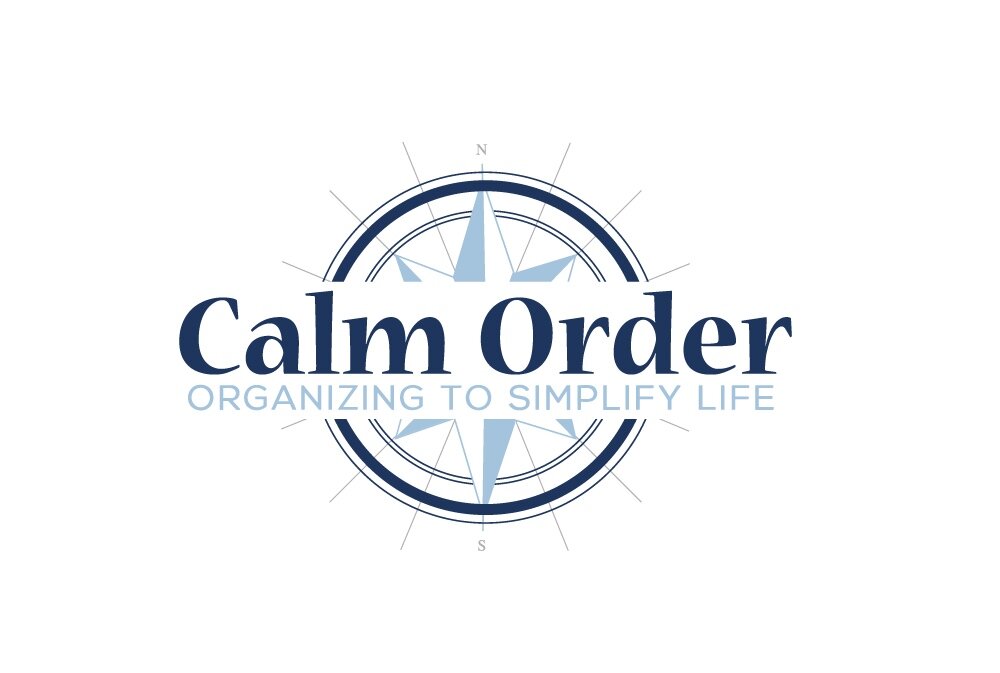Moving is a multiple-step process that requires a lot of work and planning. On the blog, we’ve been going through each step in the moving journey of one of our clients. The move was prepared in their current home, a walk-through was conducted of the new space, and their belongings were unpacked and carefully sorted. Now, it is time to plan how their belongings will fit into the new space with the right organizing products.
It isn’t as simple as going to the nearest department store and buying some bins – there are a lot of products available that are created to assist people in maintaining an organized space. In a way, there are almost too many different products, to the point that people can run into the problem of accumulating too many baskets or specialty organizers for their items that they don’t really need.
Before we even started shopping, we carefully examined the client’s new space to see what kind of products would work and where, keeping in mind the actual items and belongings we had to work with. For example, the master bedroom had a large walk in closet that was empty except for a rod for hangers. However, the client had a wide variety of clothing and accessories that wouldn’t work with hangers. This necessitated the purchase of a closet organizer that provided hanging room for dress clothes and coats, as well as shelves and racks for shirts, pants, shoes, ties and bags.
The new kitchen had large cupboards and drawers, some with deep angles that made the spaces difficult to store items. Although the space was large enough for pots, pans, and mixing bowls, they were almost impossible to reach and would require the clients to take out items to reach other items. The drawers had plenty of space for a large number of utensils, but they would easily become cluttered and lost if they were left loose in the drawer. For the cupboards, the team was able to find innovative cupboard organizers with moveable shelves, so the clients could pull them out to reach the items they needed without emptying the cupboard. As for the utensils, an organizer that fit the dimensions of the drawer were added to keep the cutlery and utensils in their place. The organizer had a mix of large and small spaces so a variety of different-sized utensils could be placed in the drawer, making the space adaptable and customizable.
In the client’s new home, we were able to find organizing products that worked with their items and would actually provide a benefit to their home. Instead of buying unnecessary products that would only add to their clutter, the Calm Order team focused only on adding pieces that would contribute to the organization of the new space. In some cases, it may not be beneficial to add in an organizer – the space and function of your home or room may not require any specialty products. You might also already own an organizer or a cabinet that can be used to store items that you may not have thought of previously using.
When it comes to finding the right products, remember that while there are a lot of different organizing products on the market, finding the right product – if you need them – requires you to consider the space you are working with, the items you own, and how you use them.
Keep an eye on the blog for our next post, where we will take a look at some of our favourite organizing products and storage solutions!













